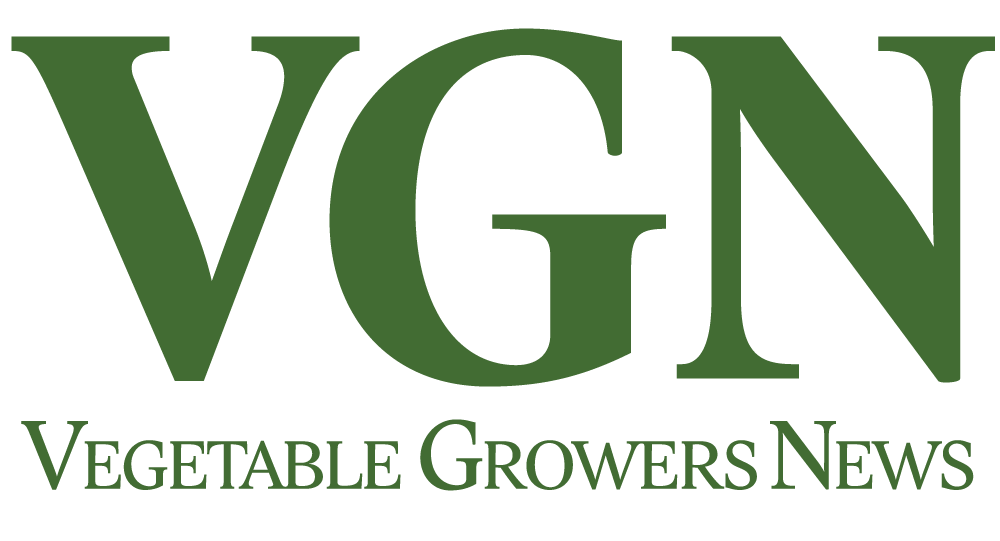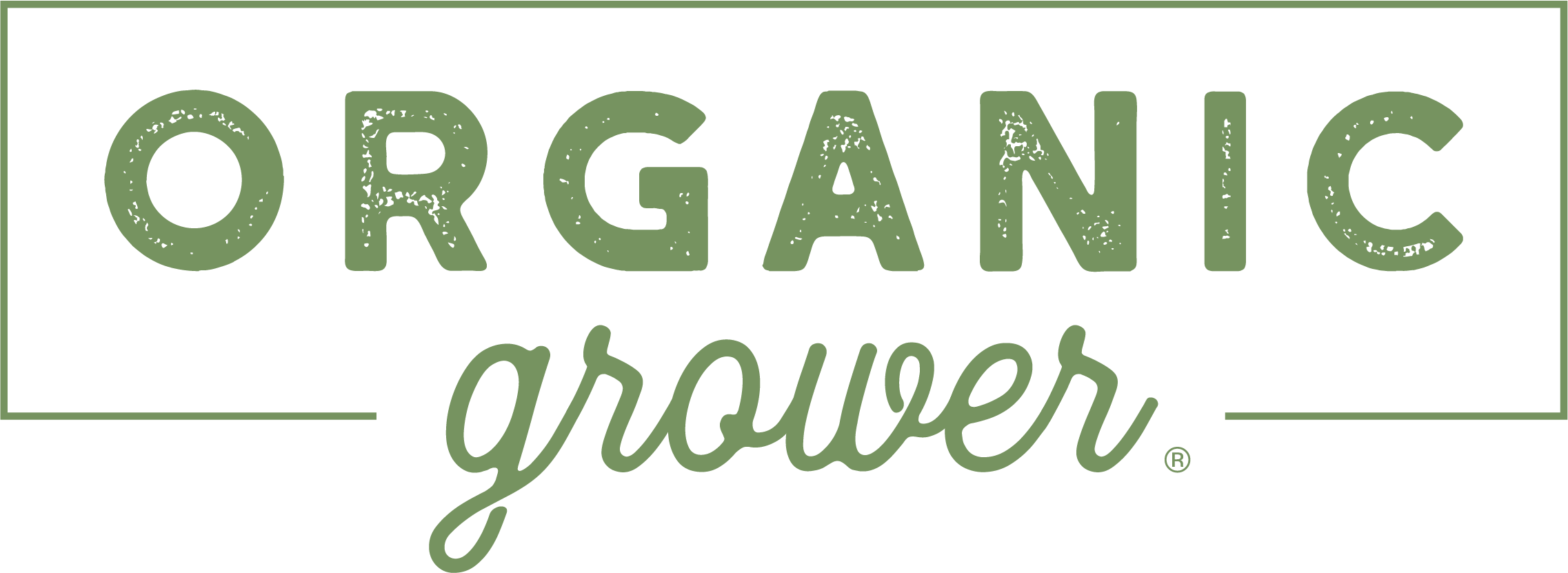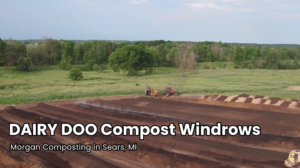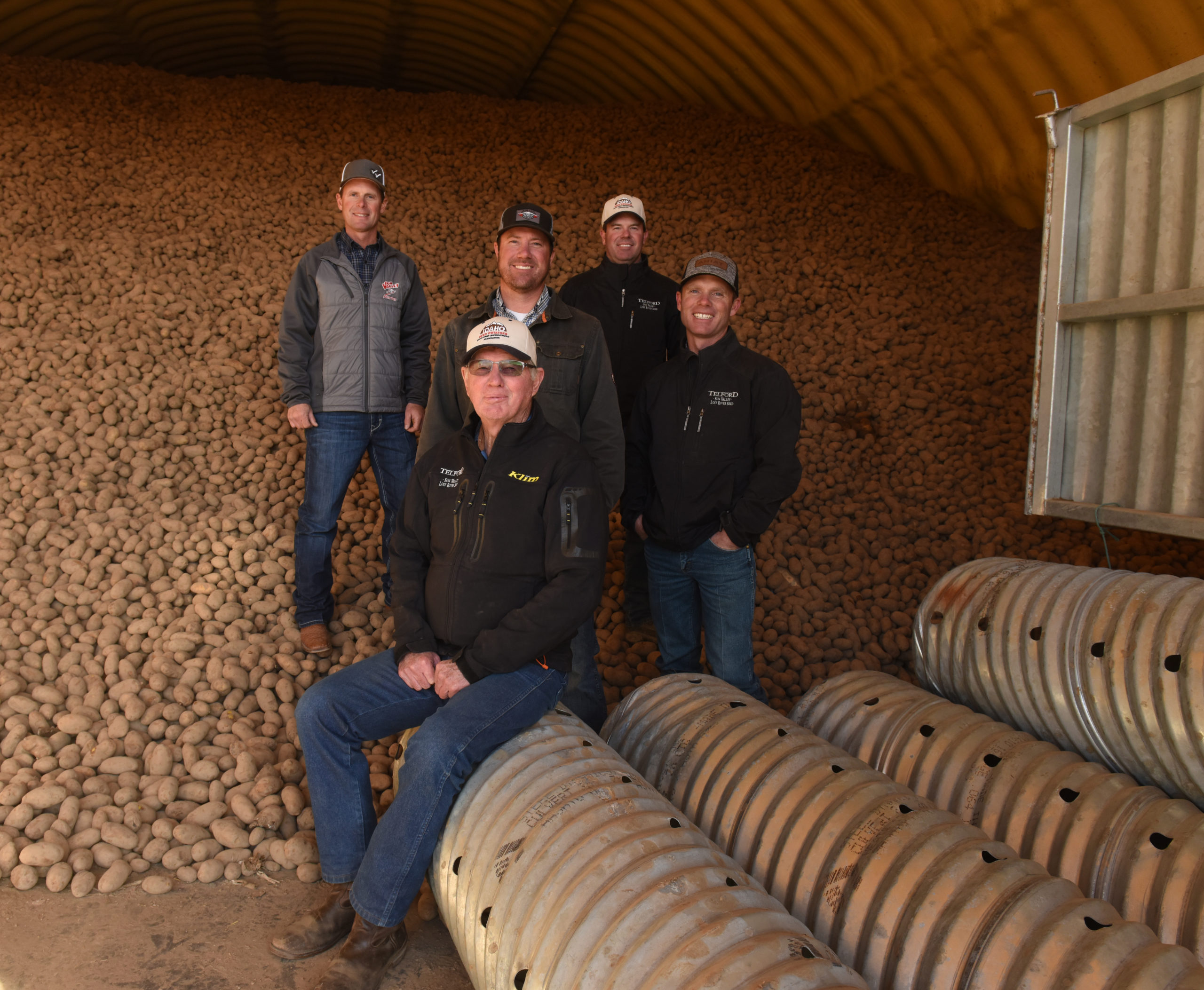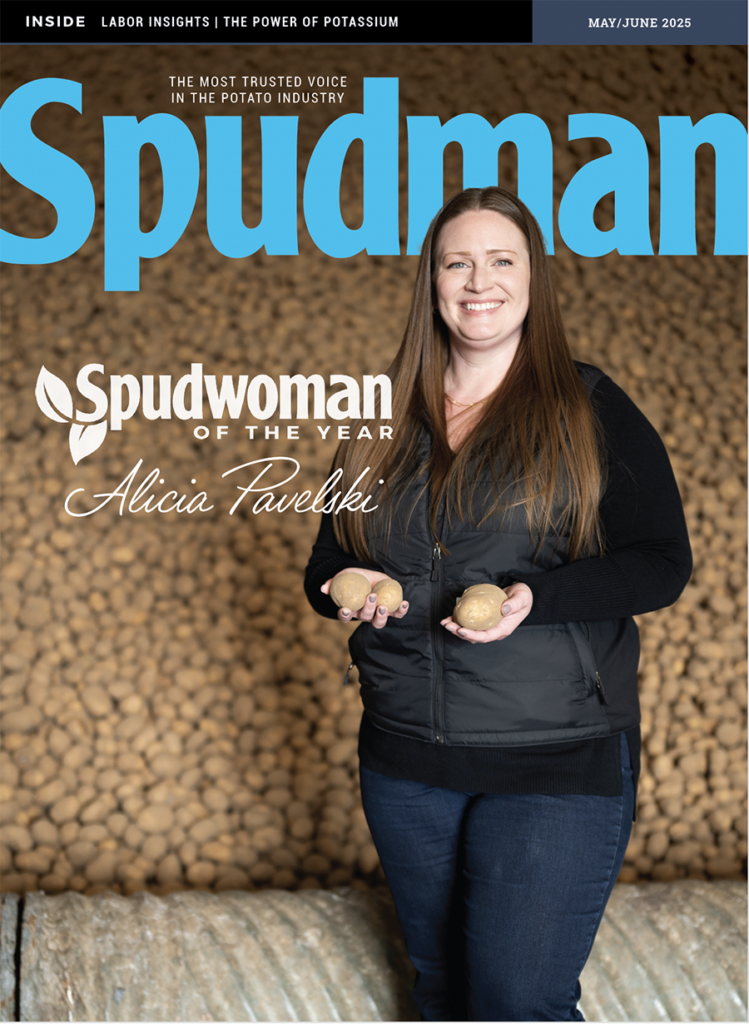
Do These 3 Things to Protect Your Potatoes from Nematodes
{Sponsored} Potato growers who harvest high-yielding spuds with excellent marketable characteristics leave little to chance when it comes to the growing season. While they obviously cannot control the weather, they can control aspects of the production process from the time seed potatoes are planted, to the time they are harvested.
Below are three things successful potato growers can do to help maintain a healthy crop of tubers with great texture and taste ̶ especially when it comes to managing plant-parasitic nematodes.
1. Maintain Soil Health – There are more programs and initiatives now than ever before highlighting the importance of, and incentivizing the management of, soil health. These programs underscore the importance of good soils. Good crops come from healthy soils that are free of pests and diseases, and replete with enough fertility to not be a limiting factor.
“Whether you are looking at each field as a stand-alone unit of management or zooming in by creating smaller in-field grid sections, learning what’s in the soil profile through soil sampling is always a production best practice,” says Britt Beene, territory manager, Corteva Agriscience. “The best decisions are based on good information, and good information starts with good data.”
2. Sampling – There are few pests that can reduce a potato crop’s health from the start of the season like plant-parasitic nematodes. The telltale sign of galling on roots confirms their presence. Their damage can leave young potato plants vulnerable to other disease-causing organisms leading to unhealthy plants that are unable to effectively take up water and nutrients. There are optimal and less optimal times to pull soil samples, but the most important thing to do is sample!
“Sampling is critical and should be a precursor to any effective nematode control program,” Beene says. “There are many different species of nematodes, good and bad, but the plant-parasitic root-knot species can cause widespread damage in potato production.”
Nematode research indicates the best time to sample is at the end of a cropping cycle. That is when the nematode population has most likely reproduced to its highest level. The higher the population, the higher the potential threat of damage could be to the next crop.
3. Treating – Fumigants, which may be in short supply in 2025, have long been used to control nematodes in potatoes. Growers, more than almost anyone else, understand the inconvenient and onerous task of transferring and applying fumigants. From personal protective equipment that must be worn by the applicator, to its risk of volatility and off-target movement, fumigants have more than their share of downsides.
“We are encouraging our customers to add Salibro nematicide with Reklemel active to their nematode control programs this coming growing season,” Beene says. “It offers protection to roots from plant-parasitic nematodes, such as root-knot nematodes, while preserving the life of your soil.”
As the first sulfonamide nematicide, Salibro® nematicide with Reklemel™ active brings to the market a new mode of action for effective resistance management with a more favorable environmental profile than other products on the market today. And it can be applied in-furrow!
“As you face the 2025 growing season, reflect on your previous successful potato crops. Odds are your success was not just from luck. Know what your limiting factors are and go with Salibro nematicide to get control of plant-parasitic nematodes without disrupting the healthy balance of beneficial organisms in the soil,” Beene concludes.
For more information on how to control plant-parasitic nematodes with Salibro nematicide, visit Corteva.us/Salibro. Add Vydate ® C-LV insecticide/nematicide to your toolbox and strengthen your overall program approach to nematode control.
™ ® Trademarks of Corteva Agriscience and its affiliated companies. Vydate® C-LV is a Restricted Use Pesticide. Reklemel™ is a registered active ingredient. Salibro® and Vydate ® C-LV are not registered for sale or use in all states. Contact your state pesticide regulatory agency to determine if a product is registered for sale or use in your state. Always read and follow label directions. ©2025 Corteva. 026284 BR (01/25) CAAG4SBRO059


